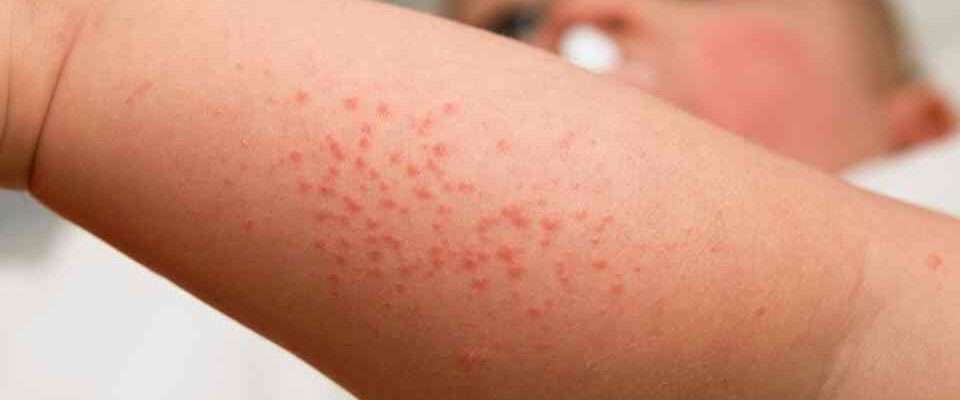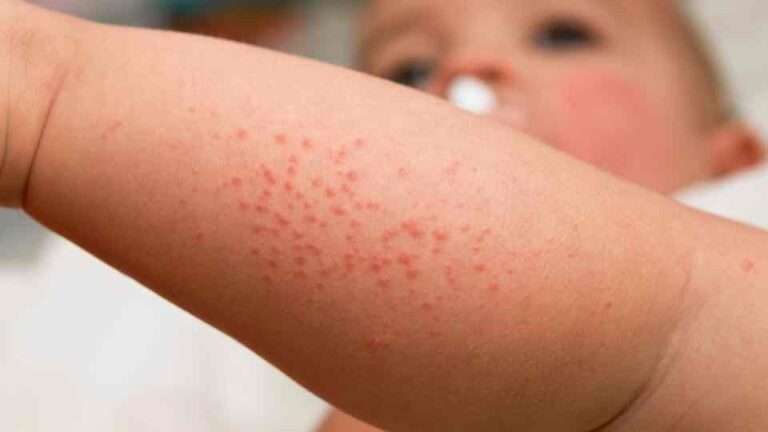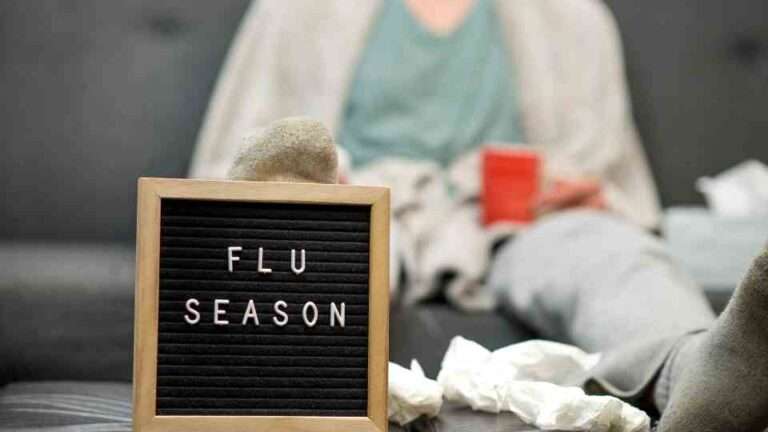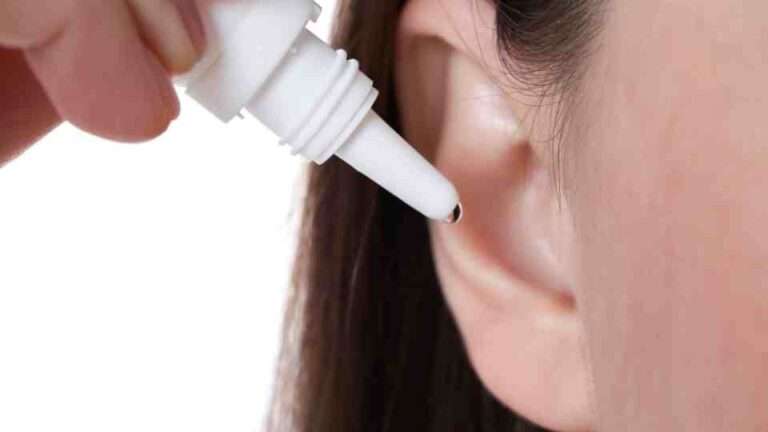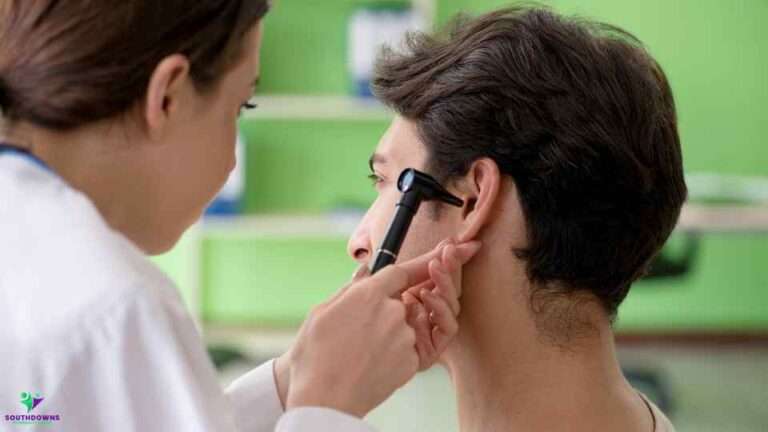If you’ve noticed a blister or sore on your face, you may be wondering: is it impetigo or a cold sore? While both conditions cause sores around the mouth and nose, they have different causes, treatments, and levels of contagiousness. Knowing how to spot the difference is essential for effective treatment and preventing the spread of infection.
At Southdowns Pharmacy, we provide expert advice and access to treatment through the Pharmacy First scheme, allowing eligible patients to get free NHS treatment for impetigo without needing to see a GP. In this guide, we’ll help you identify whether you have impetigo or a cold sore, discuss who is most at risk, and explain how to manage and treat outbreaks effectively.
Step-by-Step Guide to Identifying Symptoms
Both impetigo and cold sores cause sores around the mouth, nose, and chin, but their symptoms and causes differ significantly. Here’s how to tell them apart:
Step 1: Look at the Appearance of the Sore
- Cold sores start as small fluid-filled blisters that appear in clusters, often on or around the lips. They burst, leaving painful ulcers that crust over before healing.
- Impetigo begins as red sores or blisters that quickly burst, leaving a characteristic golden, honey-coloured crust.
Step 2: Consider the Sensation and Pain Level
- Cold sores often start with a tingling or burning sensation before the blister appears. Once formed, they can be painful and sore.
- Impetigo sores are usually itchy rather than painful, though scratching can cause discomfort and spread the infection.
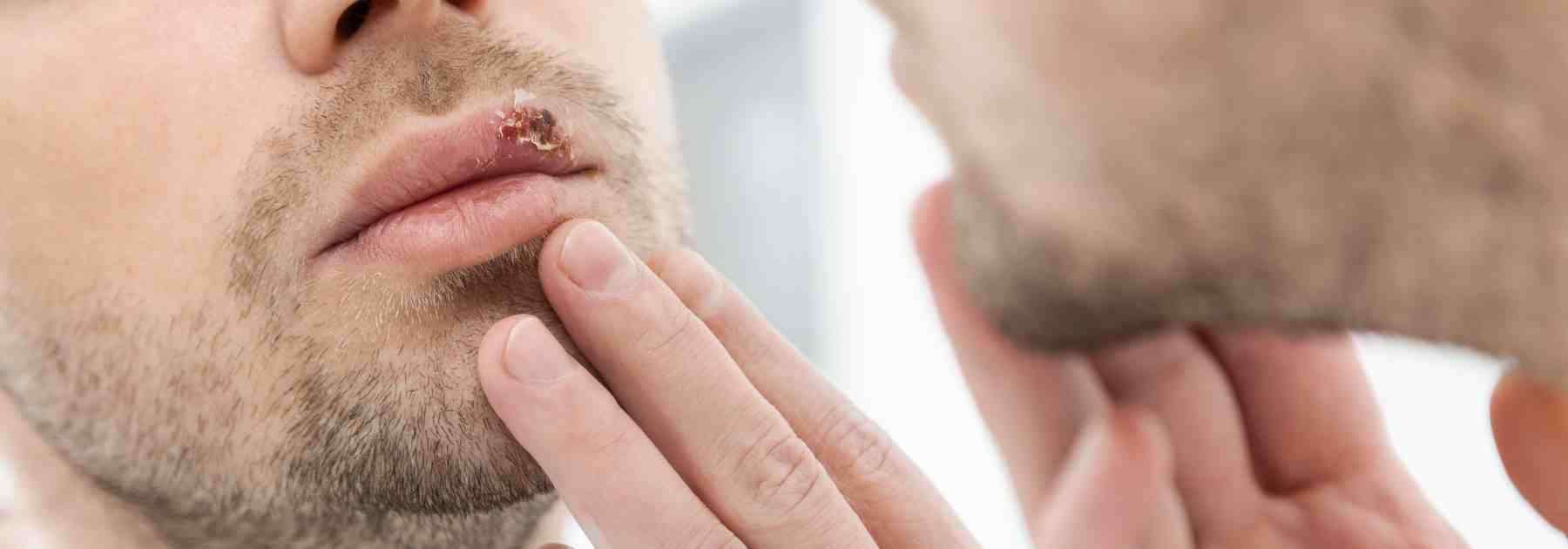
Step 3: Check for Other Symptoms
- Cold sores may cause mild flu-like symptoms such as swollen glands or fever, especially during the first outbreak.
- Impetigo doesn’t usually cause flu-like symptoms, but in severe cases, it may lead to swollen lymph nodes.
Step 4: How Long Does It Last?
- Cold sores typically last 7–10 days and go through stages of blistering, bursting, scabbing, and healing.
- Impetigo lasts around 7–14 days but can clear faster with antibiotic treatment.
Step 5: Is It Spreading?
- Cold sores generally stay in one area but can recur in the same spot.
- Impetigo can spread quickly, especially if scratched, leading to new sores on different areas of the face and body.
Who Is Most at Risk?
Certain factors increase the likelihood of developing impetigo or cold sores. Understanding these risks can help with prevention and early treatment.
Cold Sores: Who Is Most at Risk?
Cold sores are caused by the herpes simplex virus (HSV-1), which remains in the body for life. Outbreaks are triggered by:
- Stress or fatigue
- Sun exposure
- Illness or weakened immune system
- Hormonal changes (such as menstruation)
- Close contact with someone who has an active outbreak
Cold sores affect people of all ages, but adults and teenagers are more likely to experience recurring outbreaks due to lifestyle triggers.
Impetigo: Who Is Most at Risk?
Impetigo is a bacterial skin infection caused by Staphylococcus aureus or Streptococcus pyogenes. It is more common in:
- Children (especially under 10 years old) due to close contact in schools and nurseries
- People with cuts, scrapes, or insect bites where bacteria can enter the skin
- Those with eczema or skin conditions that cause broken skin
- Adults in crowded environments, such as care homes or sports teams
While impetigo mainly affects children, adults can develop it if they come into contact with infected individuals or have compromised skin barriers.
Managing and Treating Cold Sores
Both impetigo and cold sores require different treatments, and early intervention can help reduce symptoms and prevent spreading.
Cold Sore Treatment
Cold sores do not require antibiotics because they are caused by a virus. Treatment includes:
- Antiviral creams (e.g., aciclovir or penciclovir) – Best applied at the first sign of tingling.
- Cold sore patches – Help protect the sore and speed up healing.
- Lip balms with SPF – Prevent sun-triggered outbreaks.
- Pain relief gels – Reduce discomfort and irritation.
If cold sores occur frequently, prescription antiviral tablets may help reduce outbreaks.

Impetigo Treatment Through Pharmacy First
Unlike cold sores, impetigo requires antibiotic treatment to clear the infection. Under the Pharmacy First scheme, eligible patients can get free NHS treatment for impetigo at Southdowns Pharmacy, without needing to see a GP.
Treatment options include:
Antibiotic creams (e.g., fusidic acid) – Applied directly to the sores.
Oral antibiotics – Prescribed for severe cases or widespread infections.
Keeping the skin clean – Wash affected areas with warm water and avoid scratching.
Avoiding close contact – Impetigo spreads easily, so avoid sharing towels and touching the sores.
Impetigo or Cold Sore – Which One Do You Have?
If you’re experiencing blisters or sores around the mouth, identifying whether it’s impetigo or a cold sore is the first step to finding the right treatment. Cold sores are caused by a virus and tend to reappear in the same place, while impetigo is a bacterial infection that spreads more rapidly.
At Southdowns Pharmacy, we can help you manage both conditions, including NHS treatment for impetigo through Pharmacy First. If you’re unsure about your symptoms or need treatment, visit us today for expert advice and care.
Need fast treatment for impetigo? Speak to our pharmacy team today to access NHS-funded care through Pharmacy First.

This blog was written on behalf of Southdowns Pharmacy by Pharmacy Mentor.

